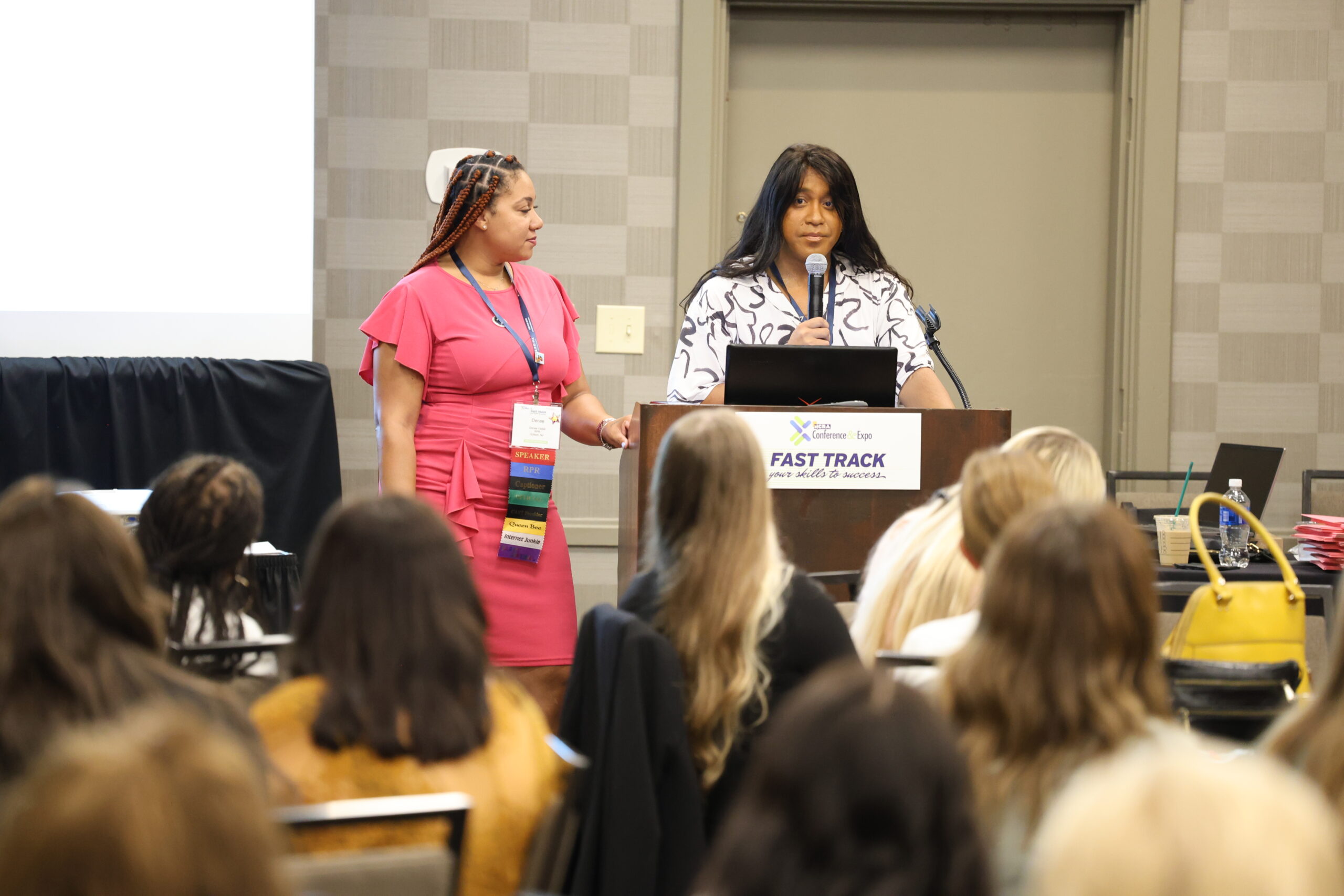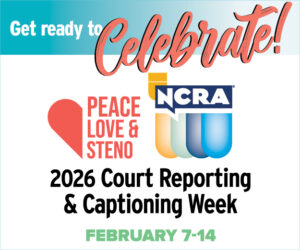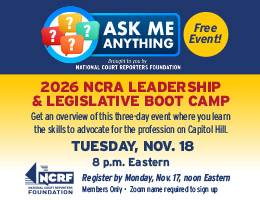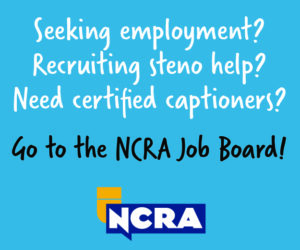A packed room of attendees working to Fast Track their skills to success at the 2024 NCRA Conference & Expo held Aug. 1-3 in Louisville, Ky., learned firsthand how to create a successful 60-second elevator pitch to promote the stenographic profession.
The lighthearted session laced with laughs was led by NCRA’s Membership, Marketing, and Outreach Committee Chair Deneè Vadell, RPR, an official court reporter from Edison, N.J. Vadell was joined by MMO Committee members Chris DeGrazio, a freelance court reporter from Fort Pierce, Fla., and Isaiah Roberts, RPR, a captioner from Chicago, Ill., who together delivered an informative and interactive training session designed to equip attendees with the tools and resources needed for giving a successful pitch about the benefits of the career.
Before creating a pitch, the presenters said to first consider who the audience will be, which can sometimes be determined by where the elevator pitch will be given. For example, will the audience be a potential student, an interested member of the public, or even someone already in the legal profession who might not be aware of what stenographers do?
The trio then presented a three-step approach to developing a successful pitch that included identifying yourself, creating context, and ending with a call to action.
Step One: Identify yourself.
Share with your audience what you do, where you work, and anything else about how you use stenography in your professional life (15 seconds).
Step Two: Create context.
Offering a glimpse into what stenography is, how the steno machine differs from the standard QWERTY keyboard, and how this technique allows stenographers to write much faster to capture the spoken word that can sometimes reach speeds of more than 300 words per minute, can help make the pitch even more interesting (15 seconds).
Additional context could include information about a local court reporting school, an online program, NCRA’s A to Z® Intro to Steno Machine Shorthand program, how there is a need for jobs to be filled, and insights into the various career paths stenography can lead (20 seconds).
Step Three: Call to action.
To close the pitch, add a call to action by offering to exchange contact information, provide a business card, and offer your audience to follow up with you for more information about a career in stenographic court reporting or captioning (10 seconds).
Attendees were then given 15 minutes to create their own pitches and were invited to the front of the room to present them where session leaders timed them. Before ending the session, the presenters reminded attendees to be sure to practice their pitches at home in front of family, friends, or colleagues and to be sure to time them so they remain within 60 seconds.
Deneè Vadell can be reached on social media @stenofluencer, while Chris DeGrazio and Isaiah Roberts can be followed on Instagram @Duckydancedude and @isaiahpaul94 respectively.





